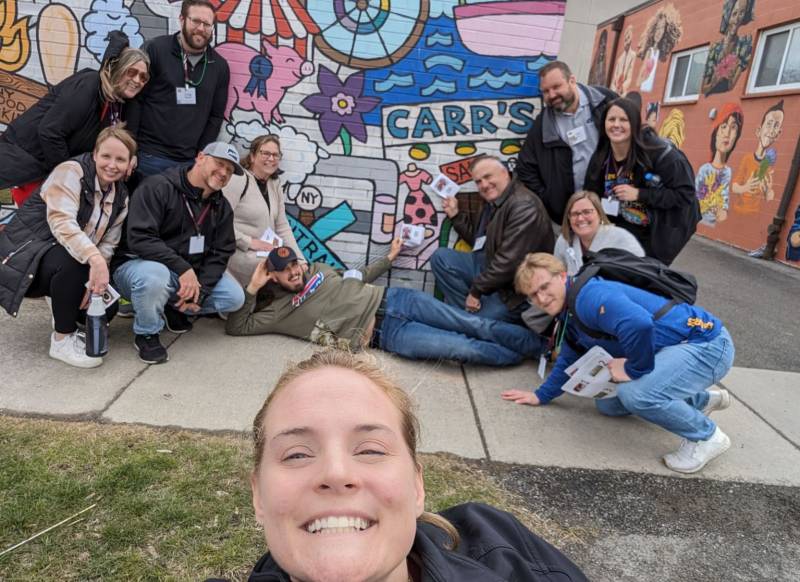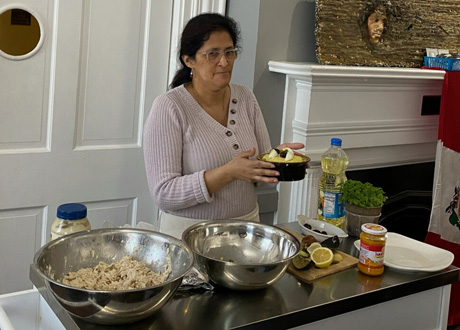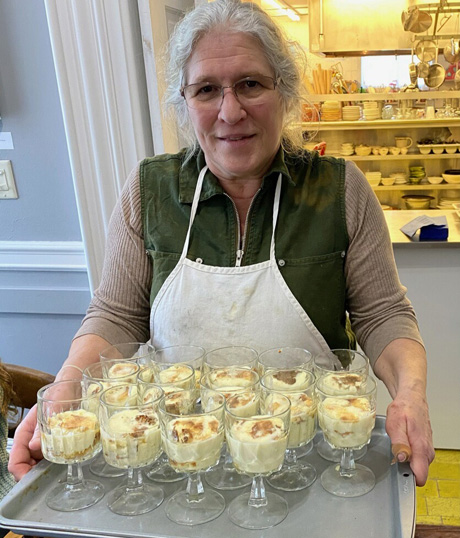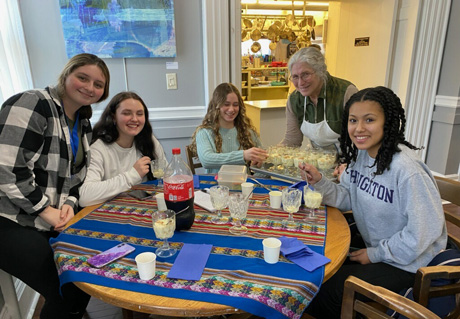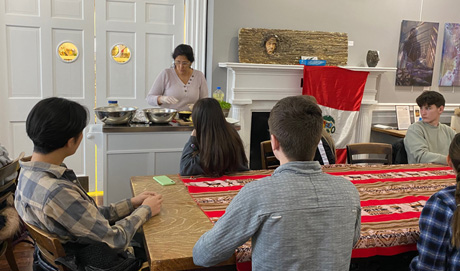Sliding Otter News
September 25, 2010
Volume 2, Issue 22
How We Learn and Why It Matters
Any genuine teaching will result, if successful, in someone’s knowing how to bring about a better condition of things than existed earlier. ~John Dewey
Recently I read a news story about the pros and cons of separate schools for girls and boys. Girls tend to be more thoughtful. They also learn language skills more quickly. Boys tend to be more active and physical and develop sensory skills more quickly.
Such an approach holds that in separate schools teachers can address their students’ preferred ways of learning. Boys and girls will compete less since they will be learning in ways which are more natural for them. They should also feel better about themselves in a classroom where they can study in their own fashion and might learn more as well.
If students were in school just to learn facts, this approach might be worth considering. But is learning is just about facts? Perhaps more important than what we know at graduation is what we have learned about those different from us and how to understand, communicate and compromise with people we might find odd at first.
Those suggesting the change maintain that boys and girls have different types of brains. Psychologists have debated for decades about whether variations in ways of thinking and acting are based on biology or environment.
Studies by the psychologist Richard Nesbitt found that Japanese mothers talk to their babies mostly in terms of interactions while American and French mothers focus more on nouns. Further studies by Nesbitt and his colleagues found that when asked to look at a picture, American graduate students concentrate on the main subject while East Asian graduate students concentrate more on the background.
The researchers thought that the explanation for this lay in cultural differences. They viewed Americans as more intrigued with independence while Asians are more attuned to the complex social relationships entwined in their way of life.
Groups of people differ from each other in many ways. These differences often make it hard for us to understand each other’s thinking and actions in ordinary circumstances. How much more difficult is it when we start addressing tightly held values? We tend to quickly brand those who differ from us as misinformed, stupid or stubborn.
Scientists were mocked and persecuted when they first suggested that the earth orbited the sun. Modern artists drew scorn when they tried to paint their subjects from several points of view at the same time such as the Cubists did.
Sometimes we get stuck in our routines, plodding along in the same way we always did whether or not we are making progress. Talking only to those who think as we do keeps us from seeing new possibilities. Perhaps those who think differently from us can more easily see solutions to problems which perplex us. If we had the chance to meet them we could benefit from seeing our problems in a new perspective.
Life Lab Lessons
- Do you talk only with those who agree with you?
- Do you avoid people with different opinions?
- On what do you base your opinions?
- Stretch yourself a little.
- Try considering other points of view.

